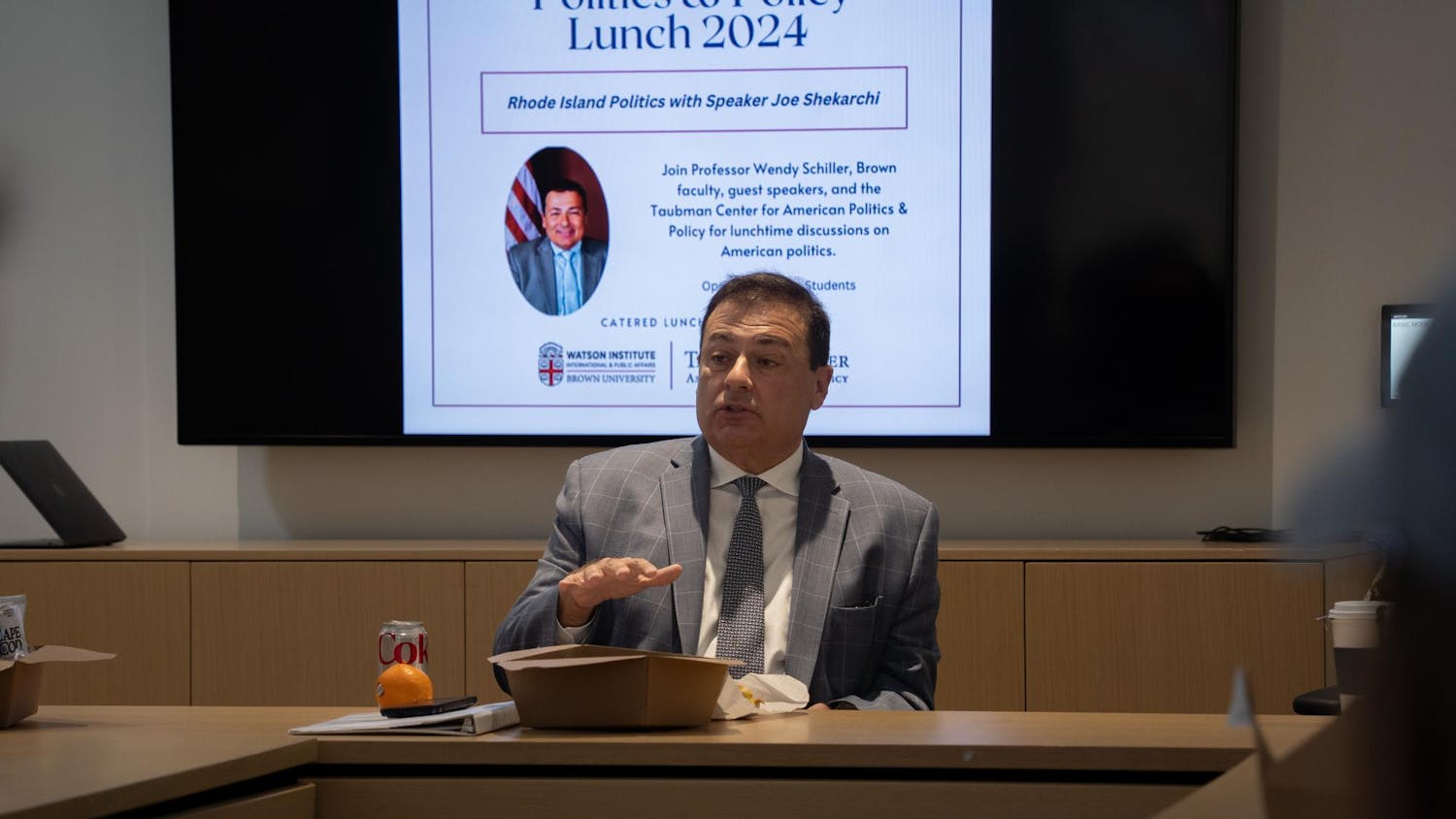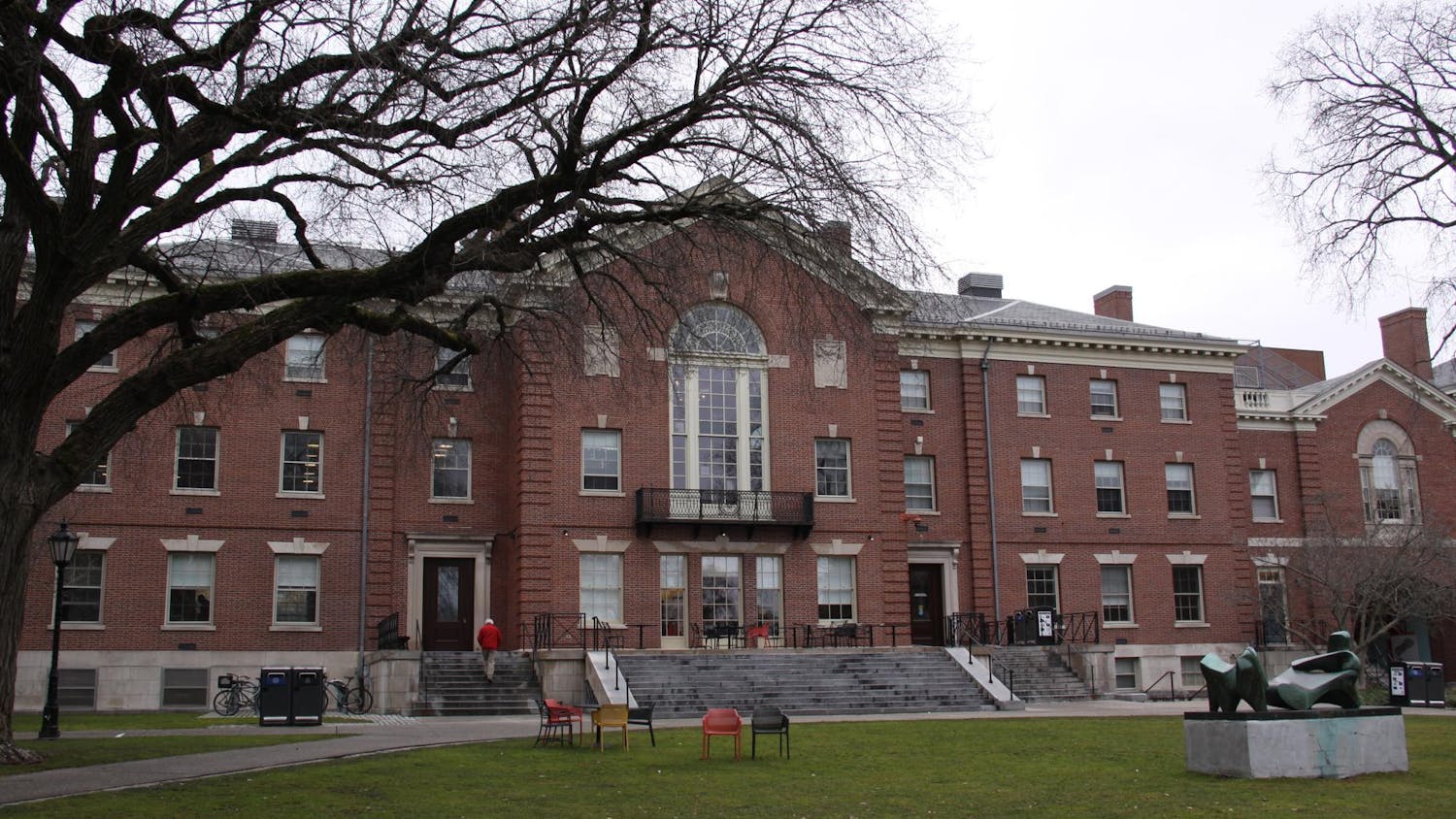When did eating become so fun?
Richard Wilk, a professor of anthropology at Indiana University and director of its Food Studies program, addressed this question Thursday evening in Salomon 001, discussing the transformation of food from a form of sustenance to a cultural craze.
Americans have become so accustomed to their own perceptions of food in society that they rarely take time to think about the roots of this mindset, Wilk said in his speech, entitled "Having Fun with Food: A Brief History of the American Way of Eating."
His lecture, sponsored by the Haffenreffer Museum of Anthropology, was structured chronologically, beginning in the early 20th century with what Wilk refers to as "The Great Blanding." In those days, the American diet was forcefully homogenized by a small group of religious Puritans. In an attempt to rid the United States of the "carnal passions and scourge of masturbation" sweeping the country, Wilk said, they advocated temperance, vegetarianism and thorough mastication, he said. With the war looming on the horizons and fear of Eastern European anarchist terrorists rampant in society, Wilk said most people shunned foreign food, preferring safer, blander nourishment.
With the Great Depression and World War II, Wilk said, this dietary trend continued because people thought eating ostentatiously in such troubled times was morally wrong. But after the war, the rise of industrial agriculture and the women's independence movement led to vast, sweeping changes, he noted. Processed food, boxed food and plastic-wrapped food all came into fashion.
"Food has come from a vehicle of nourishment to a part of the entertainment industry," Wilk said. Referring to this phenomenon as "nutri-tainment," he explained that bright colors, funny names, fun packaging and self-assembled parts rendered food a new type of performance art.
"The boundary between food and toys has completely disappeared," he added.
Food has become a consumer good, and like any consumer good, it is subject to constant innovation and planned obsolescence, he said, a phenomenon caused by societal changes and "a vast, cornucopian system of industrial agriculture." Each year, new types of food come and go, endorsed by celebrity figures and hailing from imaginary places that corporations dream up like Pepperidge Farm, Nature Valley and Ice Mountain.
Wilk further illustrated the role of food in American society by detailing the many side industries that revolve around it. Professional major league eating, food journalism, food celebrities and iron chefs have all become unquestioned parts of American culture, he said.
He ended his lecture by describing a new trend that has arisen in the culinary world: the inclination toward organic, local and green produce. Many people are now rejecting the industrial food system and turning to sustainable food, he said. But Wilk said it is unclear whether this trend is permanent or transitory.
After the one-hour lecture, members of the audience participated in a half-hour question-and-answer session. Though some contested Wilk's uncertainty about the organic and local food industry, many said they enjoyed his speech.
"I thought it was fascinating," said Anna Zeidman '15, adding that her motivation for attending the talk was her obsession with food. In particular, she praised Wilk's use of anecdotes. "I like how he really put his personal life into it," she said.




